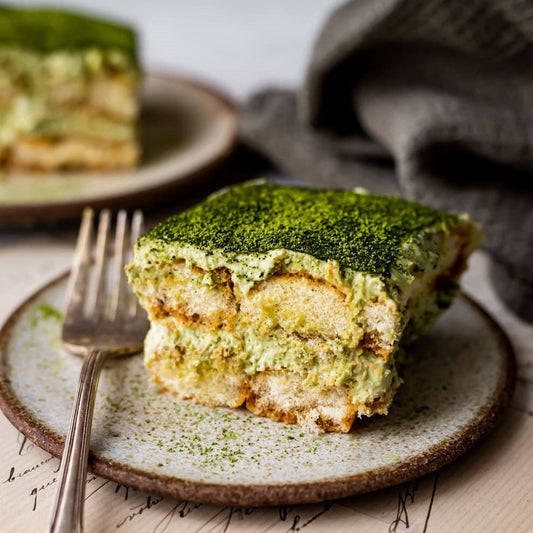Hello, tea enthusiasts! Today, we're taking a closer look at a key player in the tea world: bergamot, the star ingredient in Earl Grey tea. This distinctive citrus fruit is not just an additive; it's the heart and soul of Earl Grey, giving it its unique flavour profile that has captivated tea drinkers for generations. Let's unravel the mystery and allure of bergamot in Earl Grey.
What is Bergamot?
Bergamot is a fragrant citrus fruit, primarily grown in the Calabria region of Italy. It's somewhat a hybrid, resembling a cross between an orange and a lemon. But it's the bergamot's aromatic oil, extracted from its rind, that makes it so special. This oil has a complex scent, both floral and citrusy, and it's this scent that gives Earl Grey tea its unmistakable aroma and flavour.
The Historical Connection
The use of bergamot in Earl Grey dates back to the early 19th century. The exact origin story varies, but a popular tale involves a British diplomat saving the life of a Chinese mandarin and receiving the recipe for this scented tea as a gift, which he then presented to Earl Grey, the Prime Minister of the United Kingdom at the time. While this story is more legend than fact, it adds a touch of romance to our cup of Earl Grey.
The Science Behind the Scent
The magic of bergamot in Earl Grey lies in its ability to balance the robustness of black tea with its own bright, floral notes. Bergamot oil contains compounds like limonene, linalool, and linalyl acetate, each contributing to its complex aroma. When blended with tea, these compounds interact with the tea's tannins, creating a smooth, soothing taste with a slightly citrus edge.
Health Benefits
Bergamot isn't just about flavour; it also boasts several health benefits. Rich in antioxidants, it has been linked to lowering cholesterol levels, improving heart health, and even offering some relief from stress and anxiety. When combined with the health benefits of black tea, Earl Grey becomes a beverage that's not only delicious but also good for your well-being.
Bergamot in Modern Tea Culture
Today, bergamot's role in Earl Grey has transcended traditional tea drinking. It's inspired a variety of blends, including green Earl Grey, rooibos Earl Grey, and even Earl Grey with added floral notes like lavender or rose. Its influence extends to culinary ventures as well, finding its way into baked goods, cocktails, and savory dishes.
Conclusion
Bergamot is the essence of Earl Grey tea, giving it a distinct character that's both timeless and versatile. From its historical origins to its modern-day incarnations, the role of bergamot in Earl Grey is a testament to how a single ingredient can define and elevate a simple brew to become a global sensation.




